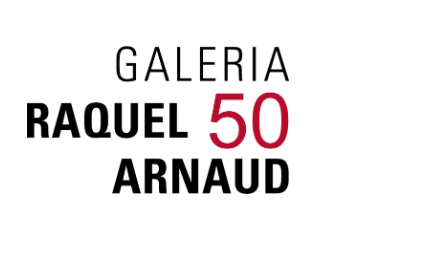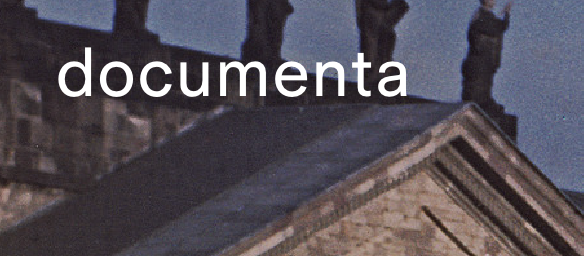Iole de Freitas
Born in 1945 in Belo Horizonte, Rio based
Bio
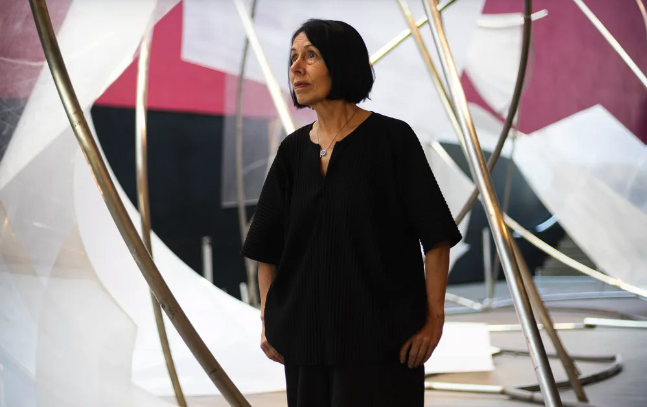
For Iole de Freitas dance training was the departure point for her unique conceptions of figuration and her persistent sensibility referencing rhythm, movement through space and Time. Other academic studies included painting, engraving and design. Academic studies included painting, engraving, photography and design. At Atelier Ipanema she pursued copper working, hand loom weaving and met her husband, artist activist, Antonio Dias (1944-2018). While cultivating her career in art, she has also served as a lecturer and professor, a contemporary art museum director and curator and, as an art book illustrator and author .
Her work has been associated with Body Art, Feminism, Performance and installation, Arte Povera, assemblage, serial photography, Constructivism, and small and gargantuan abstract sculpture. All of these, she has blended into a hefty, diverse career. de Freitas has garnered prestigious awards, commissions and exhibitions, including a Fulbirght-CAPES research fellowship at MoMA and participation in Documenta 12 and Venice Biennale XXXVI. Her work has been featured in numerous solo and group shows and prominent collections in Brazil and worldwide
Beyond Brazil
In 1970 de Freitas fled the totalitarian regime in Brazil for Milan. There she honed her credentials as an industrial designer at Olivetti. While working in corporate promotion and product design she also accelerated her fine art practice. She expanded her exploration of photography and installation and initiated a series of experimental super 8 and 16mm films. The latter were often based on performances created before the camera but for not spectators. For her non-moving image plastic works, she cultivated the fascination with commonplace materials and mixed media favored by her Arte Povera colleagues.
During 1973, she focused on sequential photography, film and then video. The features of the new technology allowed fractures, replications, deconstructions and reconstructions of the body in motion. Early moving image works, such as Light works, Elements, Exit, immediately resonated through a succession of exhibitions in Rio and Milan. The international recognition of her films, videos and installations, precipitated a career shift away from design and toward her full-time emphasis on fine art.
Back in Brasil
In 1978, de Freitas returned to Brazil with a compendium of European avant-garde strategies and an eagerness to push the limits of sculpture – her latest preoccupation. While veering away from identifiable figuration, she continued to apply dance actions – twists, counterpoise, hovering, hugging, enveloping, spiraling and flow were engineered concisely and fashioned with industrial and found materials.
Three-dimensional works were sometimes table-top scale or spread out across walls. Others were site-specific commissions – epic, indoor-outdoor exuberant extravaganzas that challenged space once defined by architecture. Sometimes, free-standing, agglomerations of materials were deployed for sculptures that rested directly on the floor. These often wrapped and inhabited space. Larger works often absorbed entire walls. Still larger works soared.
Next, de Freitas explored suspending her sculpture in and across space. Translucent, transparent and reflective materials became her preferred means to realize thrilling, flying, unspooling rollercoasters of abstract planes and forms. These engulfed viewers with a dynamism Salzstein’s essay characterizes as gestures. Massive, lyrical constructivist works were often presented adjacent to large projected videos of the artist and her dance partner, silently enacting gestures analogous to those in the work. This is to say, the body in motion and the role of the moving image have retained their impact over the arc of her practice.
Then and Now Merge
OFF/BFVPP’s mission focuses on restoring and remastering Brazilian media works created before 1985. De Freitas’ early oeuvre was well preserved but she proposed combining selections from her vintage B reel film footage with newly shot segments into a new work. Initially she wanted to edit using a moviola but was dissuaded. Even with digital tools she retained the haunting aura of many early experimental films. The allure of such works was often conveyed by spatial ambiguity, odd yet intimate imagery and muffled, intriguing low-res sound. In de Freitas’ work these elements also evoke the pervasive loss, estrangement and loneliness brought on by the pandemic.
Roteiro cego/pandemic 1972/2020
(blind road map/pandemic) seems to be unfolding in a dark, empty home or the memory of such a space. Images are montaged, some are from moving images, framed within the mysterious home-setting. The camera patiently pans both. Initially this is so ambiguous as to seem abstract. Slowly reference points emerge. The moving images are sourced from color clips from the artist’s body art footage. Gradually, actual architectural features also begin to surface. A textured, seemingly gold vertical compositional element, turns out to be backlit pebbly glass in an old door. Ambient sounds include a dog’s soft whine from outside, a soto voice whisper from inside.
The artist reports, The action driving the mini-projector and, simultaneously manipulating the camcorder defines the framing, sequence and speed of recording. These images result from three overlapping movements and moments…(Galeria Raquel Arnaud). Today, de Freitas continues to create her signature, enveloping grand scale sculptures but this film work harkens back to her first, intimate cinematic poetry. As the video unfolds, then gets elided into a commentary on a more recent now. As in all her works, her road map leads one to abandon oneself, to venture away from distractions and to become purely, astutely present – A prescient lesson from the masterful de Freitas.
BFVPP Essay
Sônia Salzstein, 2020
Conversation
Iole de Freitas
Rio de Janeiro, 2019
28’56”
Resources
Bibliography
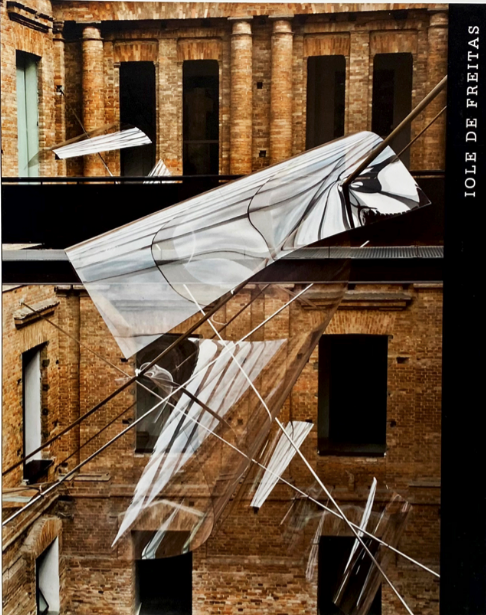
Iole De Freitas
Sónia Salzstein, Paulo Sergio Duarte, Paulo Venancio
Published by State Department of Culture, Sao Paulo, 2010
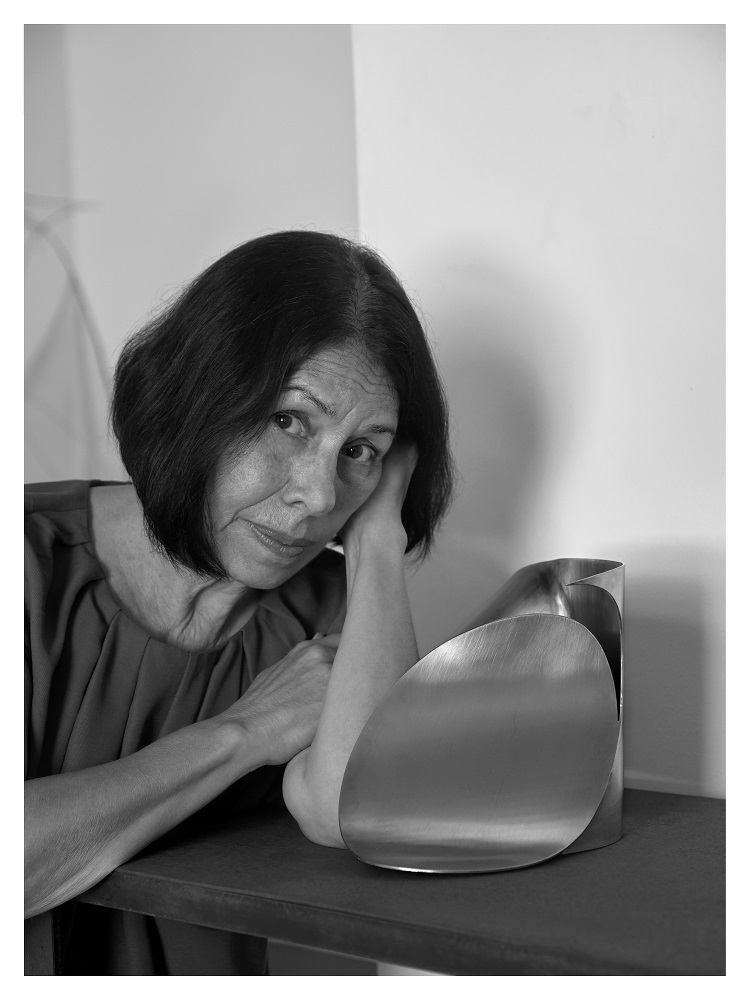
Iole de Freitas depoimento
By Iole de Freitas, Marília Andrés Ribeiro · 2005
C/Arte Editora, 2005
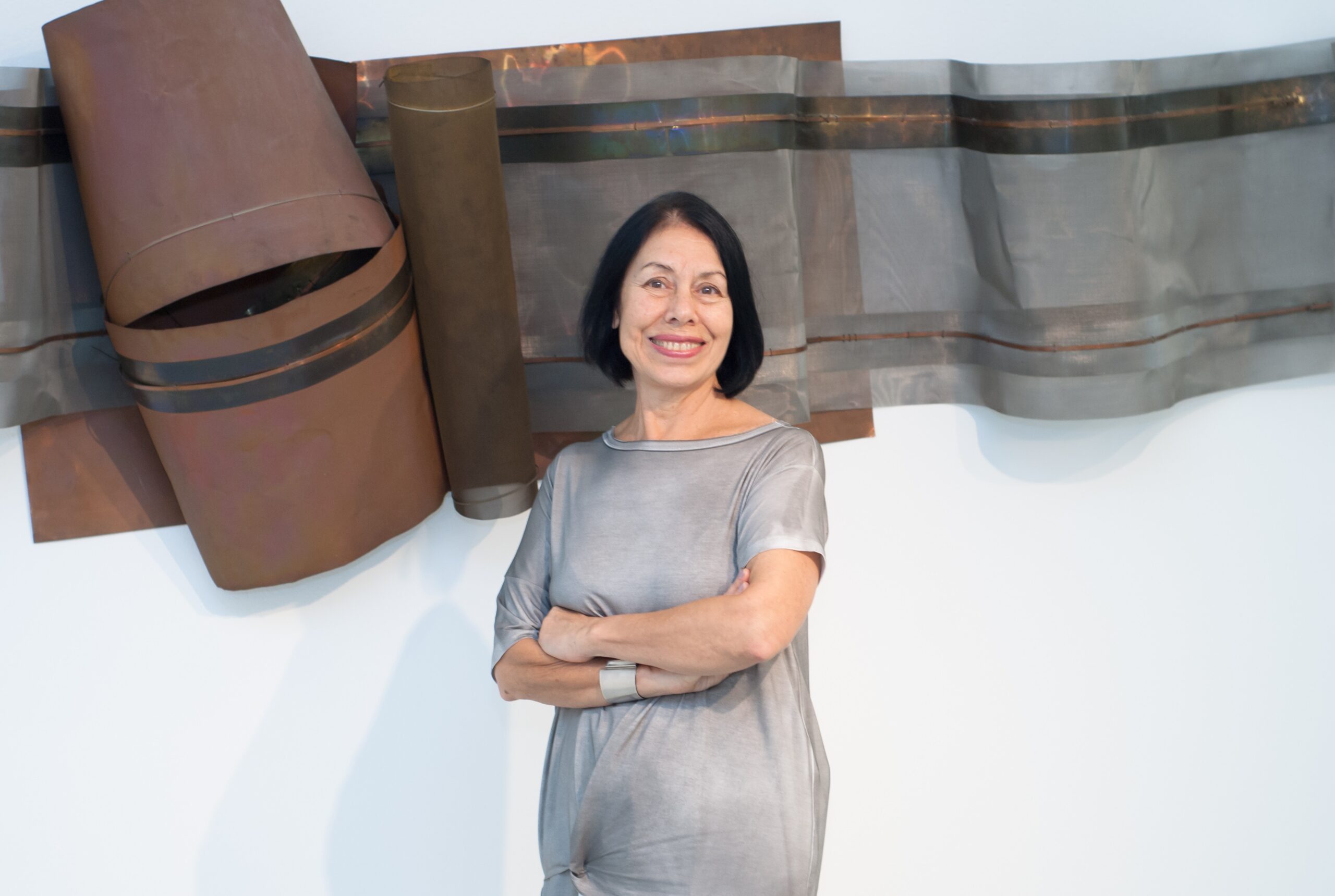
Iole de Freitas : uns nadas
By Iole de Freitas, Sônia Salzstein · 2004
Gabinete de Arte Raquel Arnaud
INTERNATIONAL INSTITUTIONAL COLLECTIONS
Museu de Arte Contemporânea do Rio Grande do Sul, Porto Alegre, Brazil
Museu de Arte da Pampulha, Belo Horizonte, Brazil
Museu de Arte Moderna de São Paulo, São Paulo, Brazil
Museu de Arte Moderna do Rio de Janeiro, Rio de Janeiro, Brazil
Museu de Arte Contemporânea de Niterói, Niterói, Brazil
Museu Nacional de Belas Artes, Rio de Janeiro, Brazil




